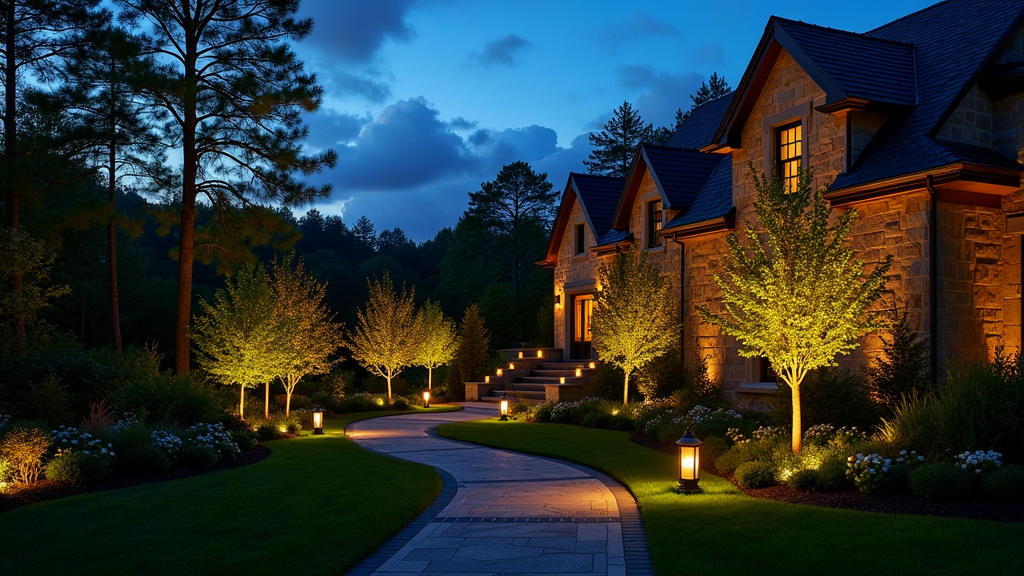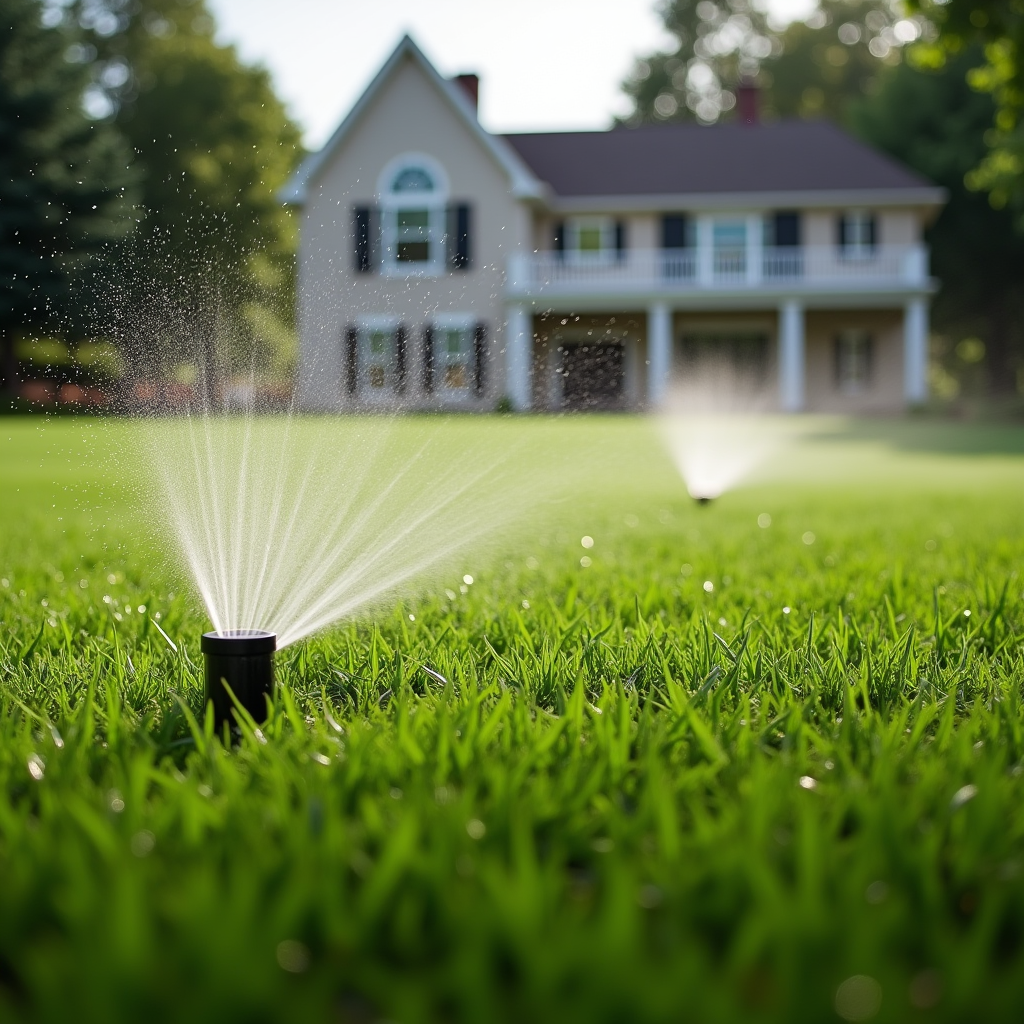Creating a flower garden that blooms throughout the year is a dream for many gardening enthusiasts. The beauty of flowers can elevate any landscape design, bringing joy and vibrancy to your outdoor spaces. In this comprehensive guide, we’ll explore how to meticulously plan a seasonal flower garden that blooms all year long, ensuring your garden is alive with color and fragrance through every season.
Understanding Seasonal Flower Gardens
What Is a Seasonal Flower Garden?
A seasonal flower garden is designed specifically to showcase the beauty of flowers during various times of the year. By carefully selecting plants that bloom at different intervals, you can create an enchanting landscape that evolves over time.
Why Plan for Year-Round Blooming?
Planning a flower garden that blooms all year long allows gardeners to enjoy a constant display of color and life in their landscapes. This approach not only enhances aesthetic appeal but also supports local pollinators and wildlife.
Essential Elements of Landscape Design
Key Components of Effective Landscape Design
When designing your flower garden, consider these essential elements:
- Color Scheme: Harmonizing colors creates visual interest. Plant Height: Layer plants from tall to short. Texture Variety: Mix foliage types for depth. Seasonal Interest: Ensure each season has its highlights.
Landscape Design in North Carolina: What to Consider
If you’re in North Carolina, take into account the region’s climate when planning your seasonal flower garden. Native plants often thrive best, adapting well http://collinhakw319.iamarrows.com/exploring-natural-pest-control-methods-for-your-greensbor-yards to local conditions while providing stunning visuals.
Choosing Your Flowers Wisely
Best Flowers for Each Season
Spring Blooms
- Daffodils Tulips Hyacinths
Spring flowers herald the end of winter and bring vibrant colors back into our lives.
Summer Blooms
- Sunflowers Zinnias Coreopsis
Summer flowers thrive in warmer temperatures and can withstand more direct sunlight.
Autumn Blooms
- Mums Asters Sedum
Autumn brings its own palette, with rich hues that reflect the changing leaves.
Winter Blooms
- Pansies Hellebores Cyclamen
Some flowers manage to defy the cold and provide cheer even in winter’s chill.
Perennials vs. Annuals: What’s the Difference?
Understanding the difference between perennials and annuals is crucial for planning a seasonal flower garden that blooms all year long.
| Type | Lifespan | Blooming Cycle | |------------|---------------|-------------------| | Perennials | Return yearly | Varies by species | | Annuals | One season | Continuous bloom |

Designing Your Flower Garden Layout
Creating Zones in Your Garden
When you're planning your layout, think about dividing your garden into zones based on sunlight exposure or plant types:
Full Sun Zone Partial Shade Zone Moisture Retention ZoneThis zoning will help ensure each plant receives the appropriate amount of light and water.
Incorporating Hardscape Elements
Adding paths, benches, or decorative stones can enhance both functionality and aesthetics in your landscape design. These features provide structure to your garden while allowing easy access for maintenance.
Soil Preparation: The Foundation of Success
Testing Your Soil Quality
Before planting, test your soil’s pH levels and nutrients. You can use DIY kits or send samples to local agricultural extensions for analysis.
Amending Your Soil as Necessary
Based on soil tests, you may need to amend it with compost or specific fertilizers suitable for flowering plants. Healthy soil leads to healthier plants!
Watering Techniques for Optimal Growth
Irrigation Systems: Choosing the Right Type
Selecting an appropriate irrigation system is vital for maintaining a thriving flower garden:
Types Include:
Drip Irrigation – Efficient water delivery directly to roots. Sprinkler Systems – Best for larger areas requiring coverage. Manual Watering – Great for small gardens but labor-intensive.Understanding Watering Needs by Season
Each season demands different watering techniques:
- Spring: Regular watering as plants emerge from dormancy. Summer: Increased frequency due to heat. Fall/Winter: Reduced watering as plants enter dormancy.
Fostering Biodiversity in Your Flower Garden
Companion Planting Basics
Companion planting maximizes space and promotes healthy growth by pairing compatible plants together. For example, marigolds repel pests from vegetable crops while attracting beneficial insects.
Attracting Pollinators and Beneficial Insects
Consider adding native flowering plants known for attracting bees and butterflies—this not only enhances beauty but also encourages biodiversity within your landscape design.
Maintenance Tips for Year-Round Blooming Gardens
Pruning Techniques Throughout Seasons
Regularly pruning dead or diseased branches promotes healthy growth while improving air circulation among plants.
Fertilization Schedule
Establish a fertilization routine based on seasonal needs—spring blooming perennials may require early feeding whereas summer annuals benefit from mid-season nutrition boosts.
FAQ Section
What are some good flowers for beginners?- Start with hardy varieties such as marigolds, sunflowers, or zinnias; they are forgiving and easy to grow!
- Choose a mix of early-bloomers like crocuses along with late-bloomers such as asters; stagger planting times throughout spring through fall!
- Absolutely! Opt for drought-resistant perennials like lavender which require less care once established!
- Incorporate native wildflowers; they thrive in local environments while supporting pollinator populations effectively!
- Yes! Some examples include pansies, hellebores (Christmas roses), or certain succulents depending on climate zones!
- Use companion planting strategies or introduce beneficial insects like ladybugs; they keep harmful pests under control without chemicals!
Conclusion
In conclusion, creating a seasonal flower garden that blooms all year long is an achievable goal with careful planning and dedication! By understanding seasonal dynamics, selecting appropriate flowers based on climate (especially if located in places like North Carolina), preparing quality soil & employing efficient watering methods—you'll foster an enchanting outdoor space filled with vibrant life throughout every season! So grab those gardening gloves—your dream landscape awaits!
